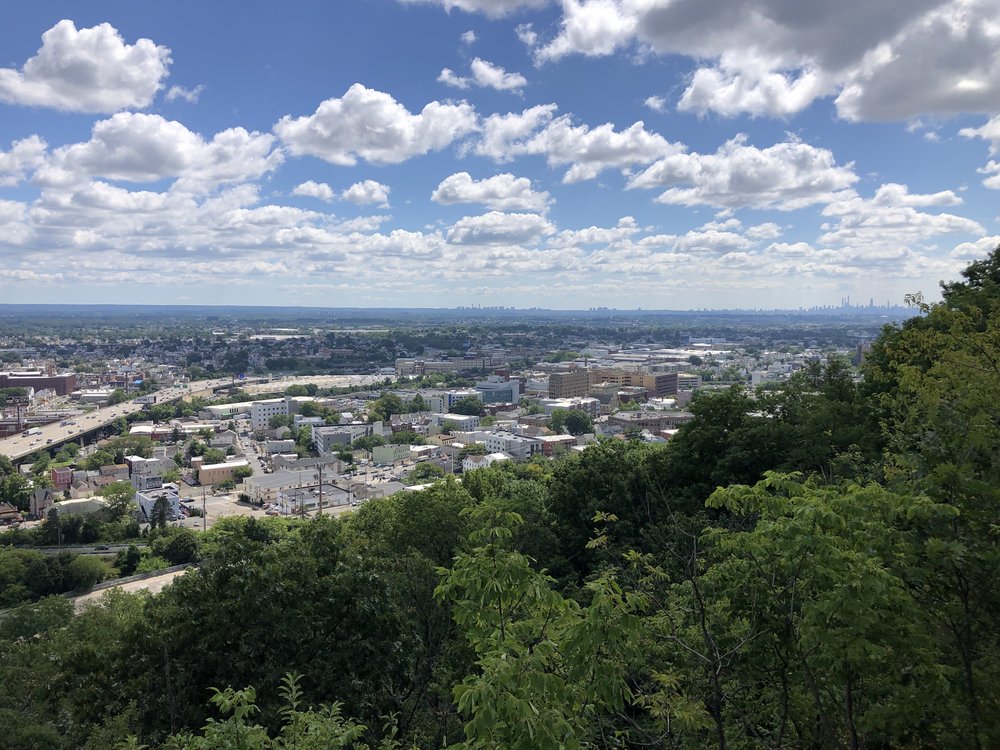'We're as active as California': What everyone needs to know about this week's earthquakes in NJ
Aug. 7, 2025, 6:01 a.m.
Experts say you shouldn't worry about the big one.

The New York City region was rattled by two small earthquakes that struck New Jersey in the past week. Experts say that while it marks an uptick in seismic shaking in the area, it's no reason to fear the big one.
A magnitude 2.7 earthquake shook the region on Tuesday. Its epicenter was in Hillsdale, New Jersey, about an hour's drive north of NYC. Nearly 3,500 people reported feeling the effects of the quake to the U.S. Geological Survey’s “Did You Feel It?” website.
That quake occurred just three days after a slightly more powerful one just over 10 miles away in Hasbrouck Heights, New Jersey. More than 11,000 reported feeling that temblor to the USGS.
No significant damage was reported from either earthquake, according to the USGS. However, they follow a much larger magnitude 4.8 earthquake that struck New Jersey on April 5 last year and was felt as far away as Boston and Philadelphia.
That quake had 200 recorded aftershocks, said Alexander Gates, a distinguished service professor at Rutgers University in Newark specializing in fault analysis. And two weeks ago, the state experienced six very small earthquakes in 24 hours.
“We are just in a very high seismically active period,” he said. “We’re as active as California right now.”
By comparison, Gates said, New Jersey and the New York metropolitan area had a total of 350 earthquakes between 1975 and 2024. “We had 200 in one year – and it's still going, so we're still active,” he said.
What New Jerseyans may not have realized before is that they live on a fault zone that runs east to west across the state and makes the region susceptible to earthquakes.
“Not a single fault. But a lot of parallel faults,” said James Davis, a research professor at Columbia University's Lamont Doherty Earth Observatory. “Just imagine breaking something. It rarely breaks on a clean line. You might get a lot of fractures and splinters and things like that. That's what the earth does, too.”
Gates said these types of fault zones can become highly active and then stop completely for 20 to 30 years.
“That's what's basically happening. Once these [areas] get an earthquake, it relieves the stress, someplace else picks up,” he said.
Gates said that while seismologists can never be 100% sure that a deadly earthquake that causes extensive damage won’t hit the area anytime soon, the likelihood is “very low.”
“There's other things that are probably a lot more dangerous,” he said.
Davis agreed. The increase in activity does not suggest the possibility of a larger earthquake.
“Does that mean there won't be a magnitude 4 tomorrow? No, we just can't tell,” he said. Seismologists categorize magnitude 4s as light earthquakes expected to cause only minor damage.
Davis said that scientists in the field will be studying the latest seismic activity.
“We're going to learn from these earthquakes. I can't tell you right now what we're going to learn because it's too soon,” he said. “But it's not something that they should fear.”
How earthquake-proof are NYC’s high-rises and new buildings? Does normal earthquake guidance make sense for NYC? For the most part, experts say yes. NYC officials took more than 20 minutes to alert New Yorkers about earthquake